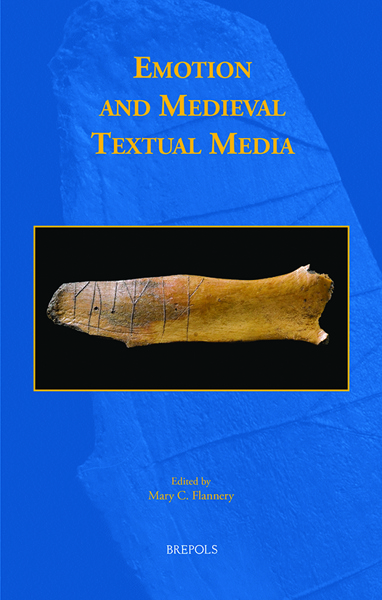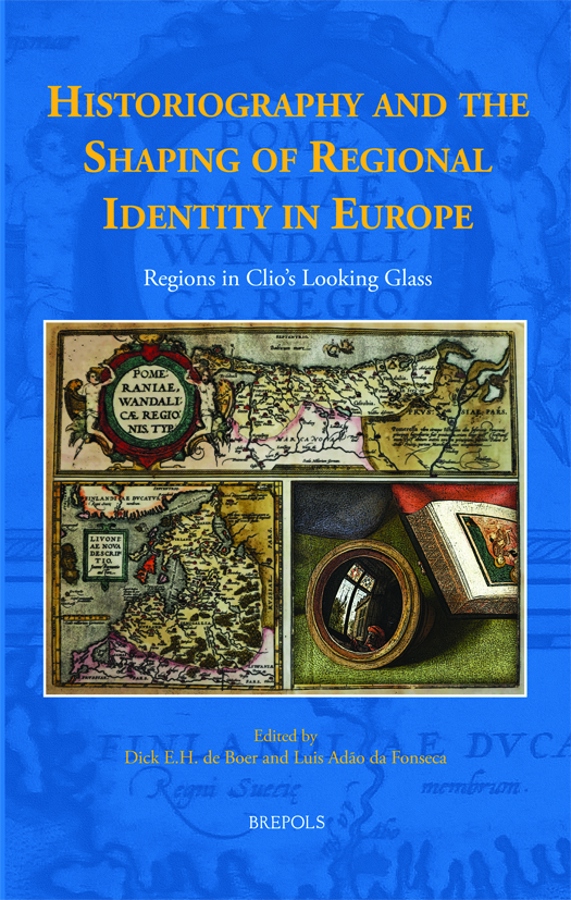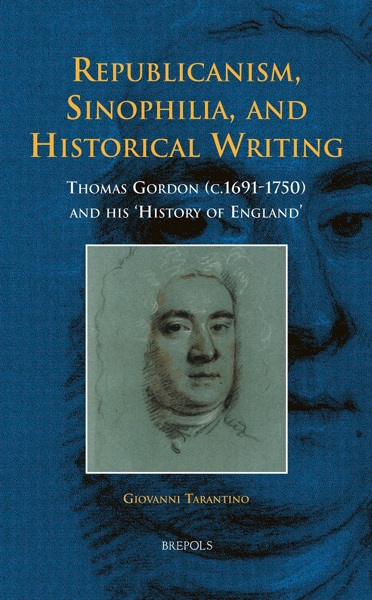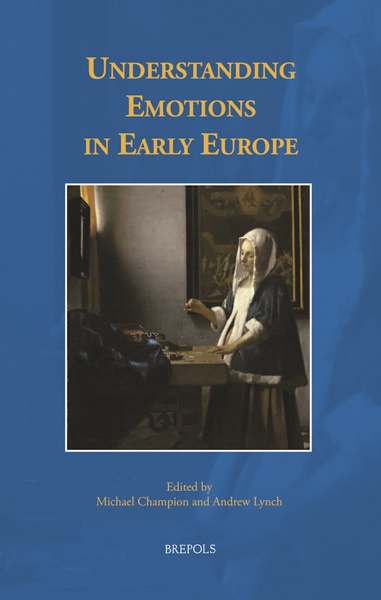
Historiography and the Shaping of Regional Identity in Europe
Regions in Clio’s Looking Glass
Dick E. H. de Boer, Luis Adao da Fonseca (eds)
- Pages: 301 p.
- Size:156 x 234 mm
- Illustrations:38 b/w
- Language(s):English
- Publication Year:2020
- € 90,00 EXCL. VAT RETAIL PRICE
- ISBN: 978-2-503-59071-4
- Hardback
- Available
- € 90,00 EXCL. VAT RETAIL PRICE
- ISBN: 978-2-503-59073-8
- E-book
- Available
This volume describes real and mental regions as the historical undertone that destined a changing Europe during the last millennium.
- Historiography (c. 1501-1800)
- Customs, traditions & identities
- Cultural & intellectual history (c. 500-1500)
- Historiography (c. 500-1500)
- Medieval European history (c. 500-1500): local & regional history
- Cultural & intellectual history (c. 1501-1800)
- Early modern European history (1501-1800) : local & regional European history
“This is a useful addition to the increasing interest in Europe’s regionality.” (Patrick Ball, in Parergon, 38/2, 2021, p. 205)
Dick E.H. de Boer (1947) is professor emeritus of Medieval History at the University of Groningen (Netherlands). He was director of the Netherlands Research School for Medieval Studies, and co-founder and first academic director of CARMEN (Co-operative for the Advancement of Research through a Medieval European Network). He was the main responsible for the development of the EUROCORECODE-program.
Luís Adão da Fonseca (1945) is professor emeritus of Medieval History at the University of Porto (Portugal). He was president of the scientific council of the Centro de Estudos da População, Economia e Sociedade, and has served as an invited professor in the universities of Navarra, São Paulo, Johns Hopkins (Baltimore) and EHSS (Paris).
Over the centuries, historiography — in many different forms — became an important vehicle by which to create, articulate, and express the existence, awareness, and characteristics of Europe’s regions. Be it the histories of noble families that were important stakeholders in a region, urban histories describing the developing urban networks through which regions could function, dynastic histories emphasizing the relationship between ruler and region, or hagiographies describing holy men and women and their veneration as focal points within regions — all of them represented and reflected identities within an understood spatial and or mental sphere. Historiography can therefore help us to understand the way in which regions were seen from within and from without, and to understand the patterns and dynamics of regional cohesion. Moreover, it sheds light on the dialectic between nation and region, and on the relationship between the regional sphere and the wider (inter)national sphere.
The authors of this volume look at individual European regions from different points of view, using historiography as a lens. They analyse the ways in which history as a construct has played a role in establishing regional identity, providing examples of the ways in which recording, interpreting, and recounting the history of regions through the ages has been instrumental in shaping these regions. The first section of the volume explores regional identity in medieval and early modern historiography; the second shows how, in the age of the invention and triumph of the European nation-state (the long nineteenth century), historiography of a new kind was applied for a deliberate creation of regional identity, or at least reflected the need for a historical confirmation of identities.
List of Illustrations, Acknowledgements
Regions in Clio’s Looking Glass: Introduction — DICK DE BOER AND LUIS ADÃO DA FONSECA
Regions and Historiography: Reflections on the Ways in which Different Types of Historiography Shaped and Changed Regional Identities — DICK DE BOER AND LUIS ADÃO DA FONSECA
Part I. Regional identity in Medieval and Early Modern Historiography
Boemi and the Others: Shaping the Regional Identity of Medieval Bohemia (Twelfth–Fourteenth Centuries) — JANA FANTYSOVÁ-MATĚJKOVÁ
From the Duchy of Few to the Homeland of Many: Regional Identity in Silesian Medieval and Early Modern Historiography (c. 1200 - c. 1525) — PRZEMYSŁAW WISZEWSK
Chronicles of the Towns of Upper Lusatia as a Mirror of the Political and Cultural Identity of the Region — LENKA BOBKOVÁ, PETR HRACHOVEC, AND JAN ZDICHYNEC
From Principality into Province: The Historiography of the Guelders-Lower Rhine Region, from the Fifteenth to the Seventeenth Centuries — JOB WESTSTRATE
Transylvania in the Historical Writing of Nicolaus Olahus (Sixteenth Century) — CORNELIA POPA-GORJANU
Part II. The Creation of Regional Identity in Nineteenth Century Historiography
Regional Saints and Saints’ Regions: Post- Medieval Appropriation of Sainthood — NILS HOLGER PETERSEN
Conceptions of History and Imagined Regions in the Baltic Provinces in the Eighteenth and Nineteenth Centuries — LINDA KALJUNDI AND AIVAR PÕLDVEE
National Regionalisms before Political Ideologies: Schleswig-Holstein in 1848 — MICHAEL BREGNSBO
Constructing and Deconstructing the Medieval Origin of Catalonia — FLOCEL SABATÉ
Inventing Limburg (the Netherlands): Territory, History, Identity — AD KNOTTER
***
Index of Keywords




